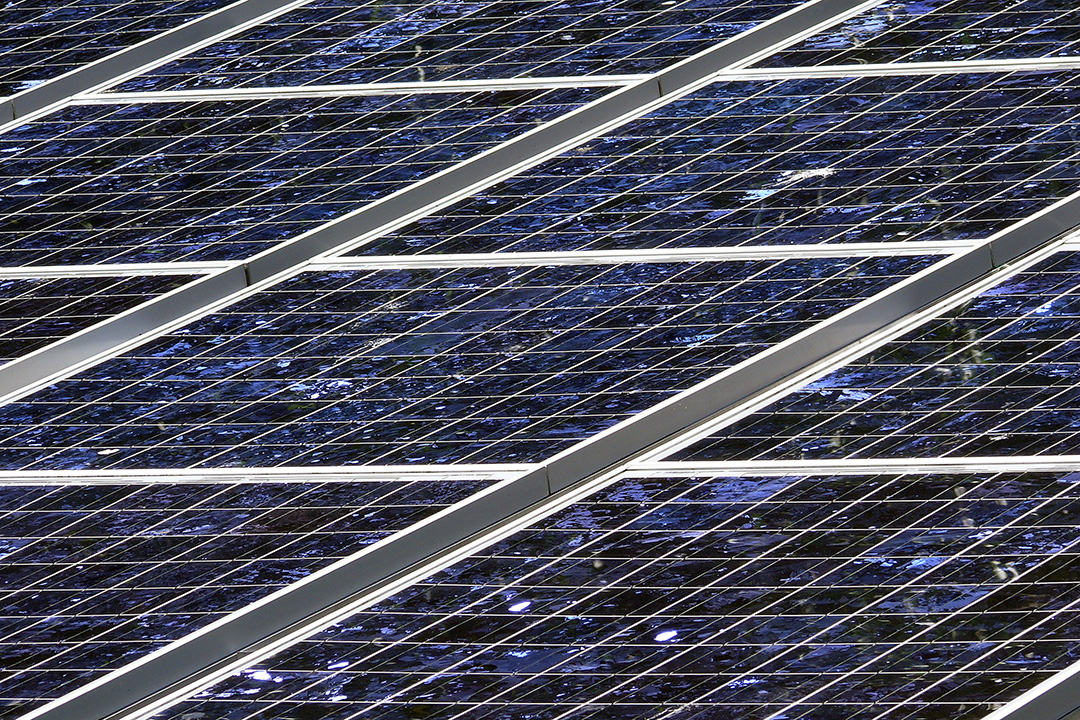29 June 2017: Financing for climate mitigation action can use an array of channels, ranging from initiatives that explore new models of financing to mature instruments such as green bonds. This update covers the “longest” and the “largest” green bonds issued to date, as well as a wide spectrum of developments on established and emerging mitigation financing models.
Green Bonds Breaking Records
Coinciding with the 10th anniversary of the issue of its first green bond in 2007, the European Investment Bank (EIB) has issued the “longest ever” green bond with a 30-year duration maturing in 2047. Initially intended as a €500 million issue, the Climate Awareness Bond (CAB) was increased to €1 billion in response to strong demand from institutional investors. [EIB Press Release]
The title of “biggest ever” green bond remains with Apple Inc., which issued a US$1.5 billion bond in 2016 to support projects contributing to climate change mitigation. One year later, the technology giant is doubling down with an additional US$1 billion bond to fund renewable energy generation, energy efficiency and measures supporting its objective to establish a closed loop system using only renewable resources or recycled materials in its supply chain. [Bloomberg New Energy Finance News Post]
The Nordic Environment Finance Corporation (NEFCO) reports that its five member countries have signed a framework agreement allowing the institution to approve green growth investments outside Eastern Europe.
Expanding the Reach of Nordic Mitigation Finance
In its latest newsletter, the Nordic Environment Finance Corporation (NEFCO) reports that its five member countries (Denmark, Finland, Iceland, Norway and Sweden) have signed a framework agreement allowing the institution to approve projects outside Eastern Europe, including providing loan capital and equity for relevant green growth investments of interest to the owner countries. Other news include: a €1.3 million distribution to fund feasibility studies for company-led green growth projects, expected to leverage up to €86 million in project funding under the Nordic Project Fund (NOPEF); approval of two projects under the Arctic Council Project Support Instrument (PSI) aiming to reduce the release of short-lived climate pollutants (SLCPs) from oil and gas and fisheries activities in the Russian Arctic; and a €2.5 million loan facility to promote electric vehicle purchase and charging infrastructure development in Belarus. [NEFCO Newsletter, June 2017]
Reducing Emissions from Street Lights and Diesel Locomotives
The European Bank for Reconstruction and Development (EBRD) announced new loans for the deployment of energy efficient street lighting in Kazakhstan and the modernization of Egyptian Railways. In Kazakhstan, the Bank provides a senior loan of up to €10.3 million to finance modern, energy efficient street lighting systems in the cities of Ust-Kamenogorsk and Semey in East Kazakhstan Region. In Egypt, Egyptian National Railways receives €290 million financing for the purchase 100 diesel locomotives to replace an ageing, inefficient and carbon dioxide (CO2) intensive fleet. EBRD will also provide technical assistance for a comprehensive freight reform and a focused awareness campaign to improve efficiency and safety of Egypt’s Railway system.[EBRD Press Release, Kazakhstan] [EBRD Press Release Egypt]
Scaling-up Green Finance in China
China has launched five pilot zones to promote green finance in the provinces of Guangdong, Guizhou, Jiangxi, Zhejiang and Xinjiang. Financial institutions will receive incentives to provide credit and special funds for environmentally-friendly industries, explore new financing mechanisms such as emissions trading and water use permits, and develop green insurance. The initiative includes a special focus on energy conservation and emissions reductions in Guangzhou, the capital of the industrialized Guangdon province. [Reuters News Release]
Financing for Forest-based Mitigation in Africa
Gabon signed an agreement with the Central African Forest Initiative (CAFI) under which it will receive US$18 million to protect its forests and act on climate mitigation. The funding will support the development of a national-land use plan, a system to monitor forest uses and improvements in forest governance. These measures are intended to support the country’s strategy to develop agriculture and diversify its economy while halting emissions from deforestation and forest degradation. [UNDP Press Release]
In May, Ethiopia officially launched the Oromia Forested Landscape Program financed through a US$18 million grant from the Ethiopian Government, and a commitment of the World Bank’s BioCarbon Fund Initiative for Sustainable Forest Landscapes (ISFL) to buy up to ten million tons worth of verified emissions reductions certificates from the project between 2018-2028. The Program will establish a multi-sector, multi-stakeholder coordination platform to coordinate forest landscape interventions and invest in participatory forest management and reforestation actions in deforestation hotspots. These actions are expected to reduce deforestation and land-use based emissions and enhance forest carbon stocks. [World Bank Press Release]
***
The SDG Knowledge Hub publishes monthly climate finance updates, which largely focus on multilateral financing and cover, inter alia, mitigation and adaptation project financing news and lessons, institutional events and news, and latest developments in carbon markets and pricing. Past IISD climate finance updates can be found under the tags: Finance Update: Climate Change; and Finance Update: Sustainable Energy.
